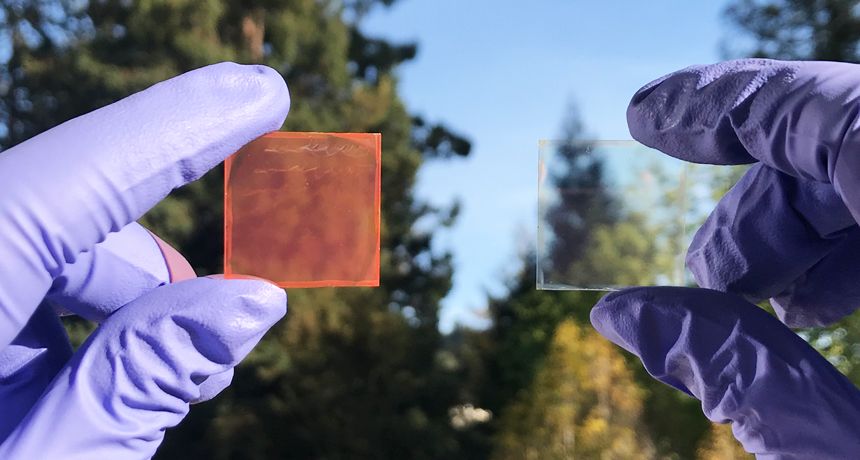Companies including Vodafone Germany, Nokia and Audi are working together to support the mission to install mobile network on moon.
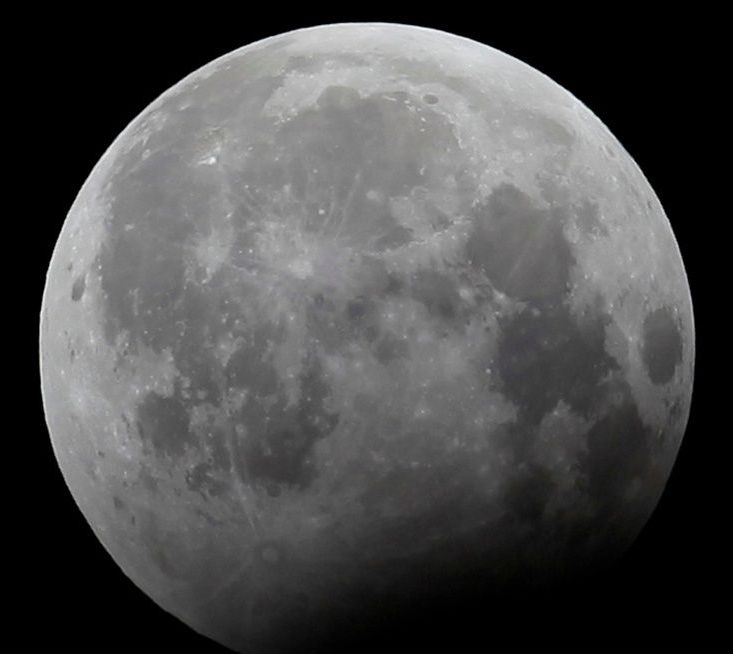

Companies including Vodafone Germany, Nokia and Audi are working together to support the mission to install mobile network on moon.

Finkbeiner’s success highlights how deep learning, one of the most promising branches of artificial intelligence (AI), is making inroads in biology. The algorithms are already infiltrating modern life in smartphones, smart speakers and self-driving cars. In biology, deep-learning algorithms dive into data in ways that humans can’t, detecting features that might otherwise be impossible to catch. Researchers are using the algorithms to classify cellular images, make genomic connections, advance drug discovery and even find links across different data types, from genomics and imaging to electronic medical records.
A popular artificial-intelligence method provides a powerful tool for surveying and classifying biological data. But for the uninitiated, the technology poses significant difficulties.
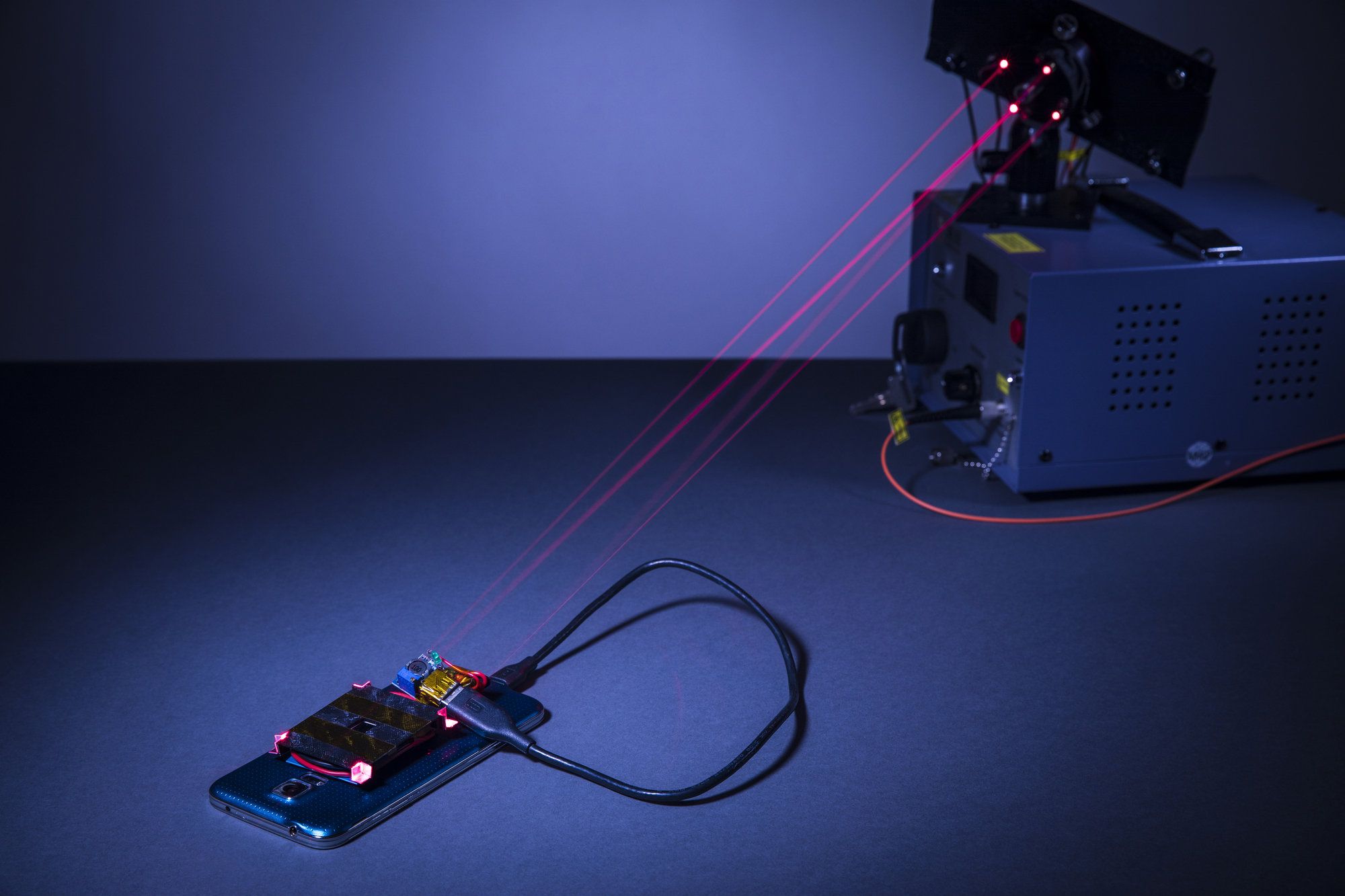
Although mobile devices such as tablets and smartphones let us communicate, work and access information wirelessly, their batteries must still be charged by plugging them in to an outlet. But engineers at the University of Washington have for the first time developed a method to safely charge a smartphone wirelessly using a laser.
As the team reports in a paper published online in December in the Proceedings of the Association for Computing Machinery on Interactive, Mobile, Wearable & Ubiquitous Technologies, a narrow, invisible beam from a laser emitter can deliver charge to a smartphone sitting across a room — and can potentially charge a smartphone as quickly as a standard USB cable. To accomplish this, the team mounted a thin power cell to the back of a smartphone, which charges the smartphone using power from the laser. In addition, the team custom-designed safety features — including a metal, flat-plate heatsink on the smartphone to dissipate excess heat from the laser, as well as a reflector-based mechanism to shut off the laser if a person tries to move in the charging beam’s path.
“Safety was our focus in designing this system,” said co-author Shyam Gollakota, an associate professor in the UW’s Paul G. Allen School of Computer Science & Engineering. “We have designed, constructed and tested this laser-based charging system with a rapid-response safety mechanism, which ensures that the laser emitter will terminate the charging beam before a person comes into the path of the laser.”
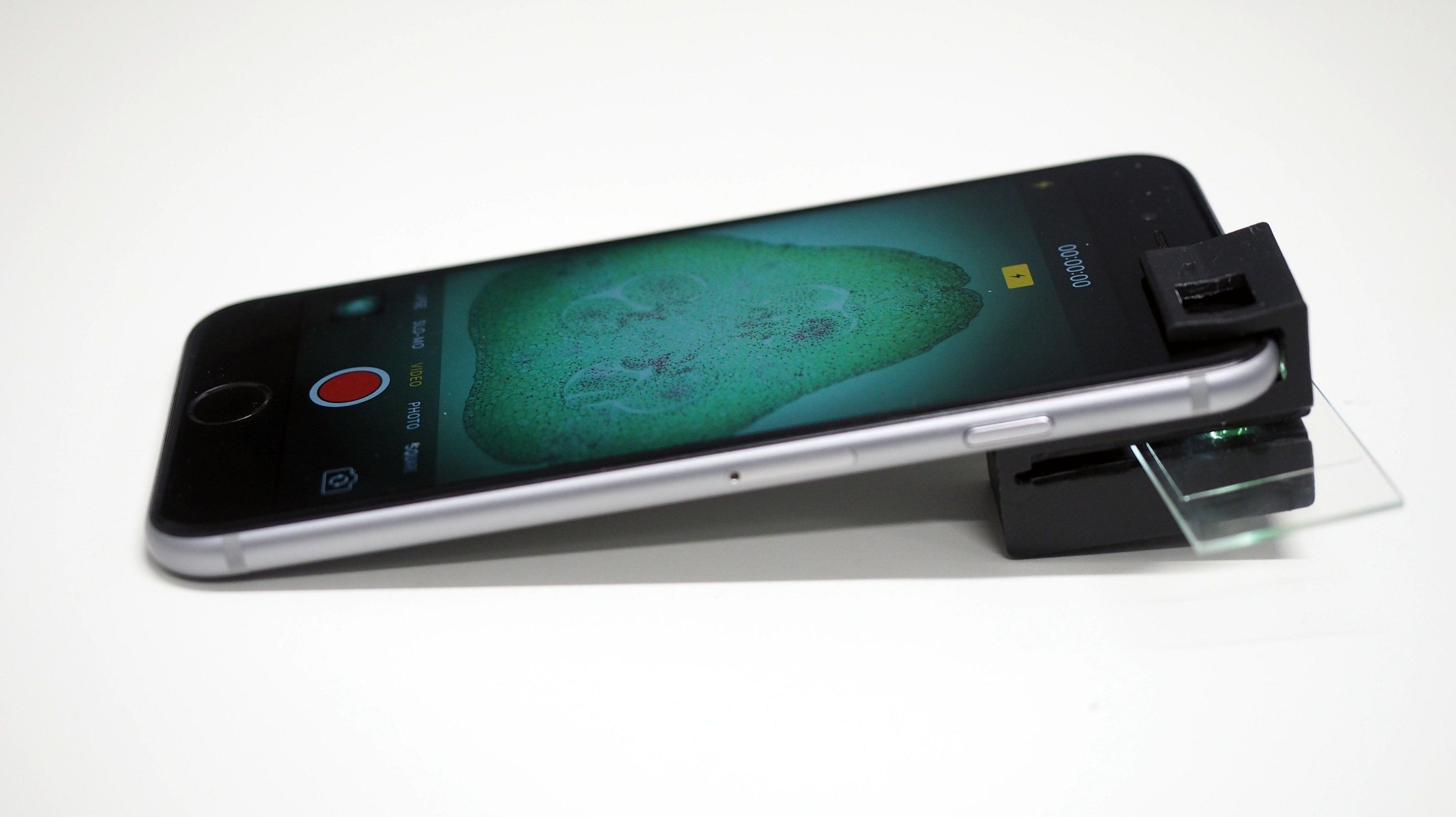
Australian researchers from the ARC Centre of Excellence for Nanoscale BioPhotonics (CNBP) have developed a 3D printable ‘clip-on’ that can turn any smartphone into a fully functional microscope.
Reported in the research journal Scientific Reports, the smartphone microscope is powerful enough to visualise specimens as small as 1/200th of a millimetre, including microscopic organisms, animal and plant cells, blood cells, cell nuclei and more.
The clip-on technology is unique in that it requires no external power or light source to work yet offers high-powered microscopic performance in a robust and mobile handheld package.
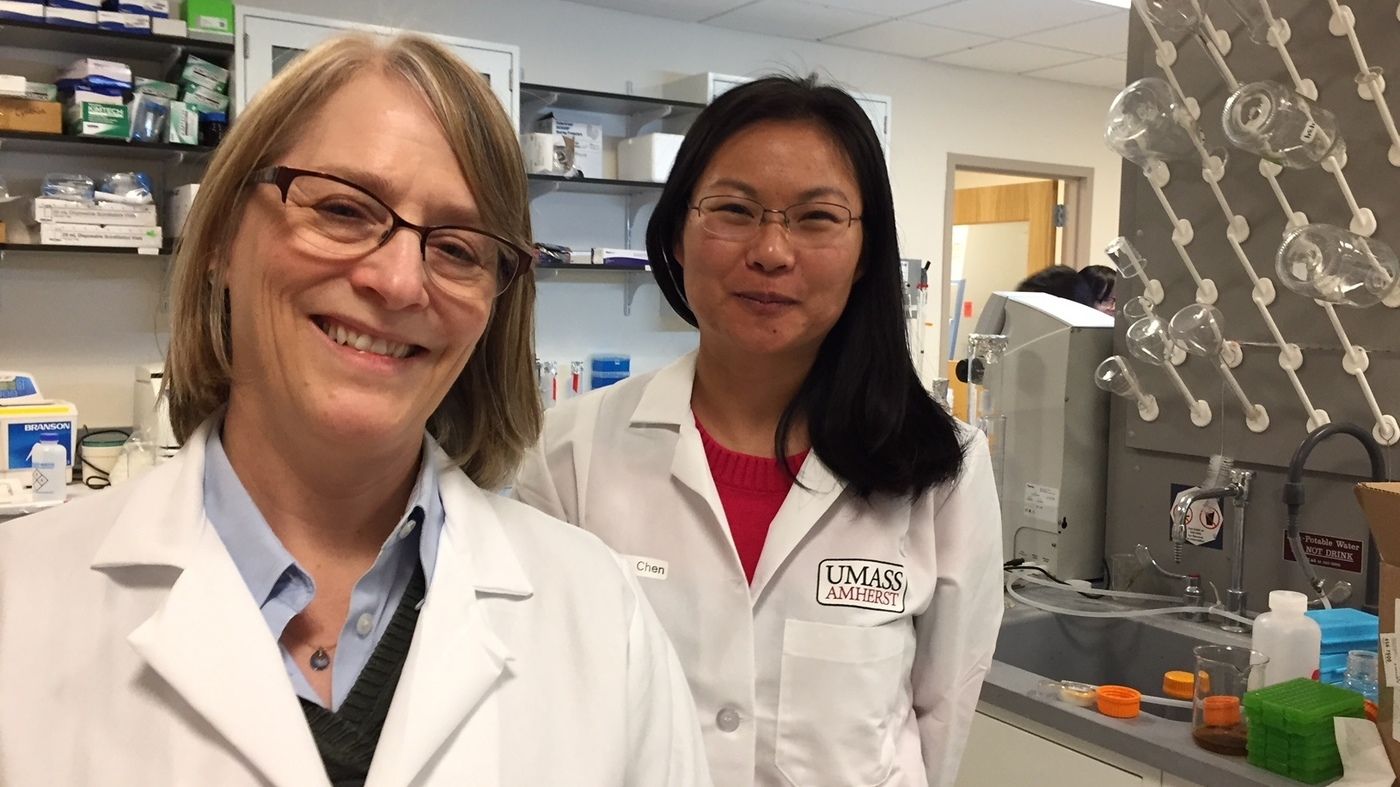
The Salt A microscope that clips on to your phone’s camera can detect bacteria, such as salmonella or E. coli, even in tiny amounts. But the technology can’t yet distinguish between good and bad bacteria.
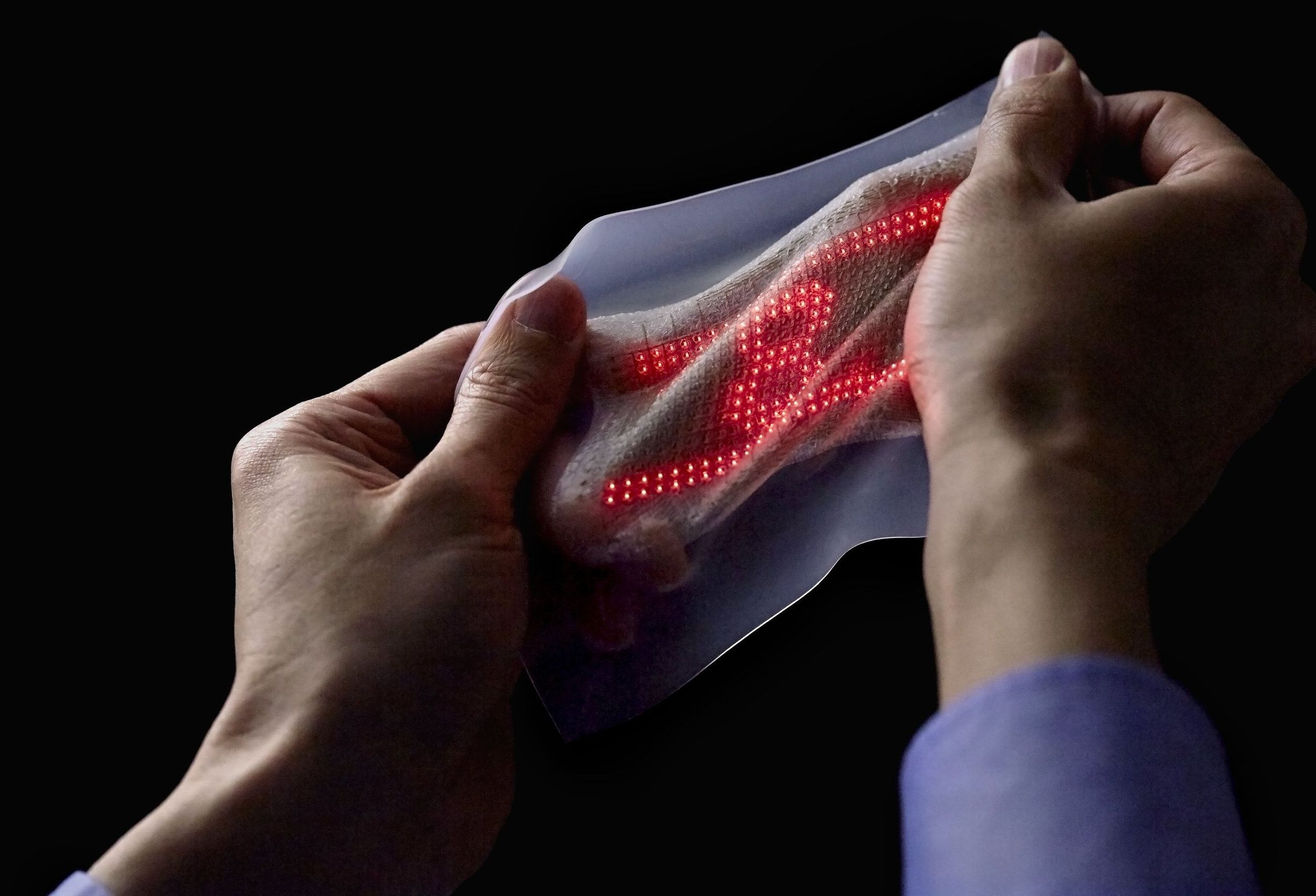
A new ultrathin elastic display that fits snugly on the skin can show the moving waveform of an electrocardiogram recorded by a breathable, on-skin electrode sensor. Combined with a wireless communication module, this integrated biomedical sensor system, called “skin electronics,” can transmit biometric data to the cloud.
This latest research by a Japanese academic-industrial collaboration, led by Professor Takao Someya at the University of Tokyo’s Graduate School of Engineering, is slated for a news briefing and talk at the AAAS Annual Meeting in Austin, Texas on February 17th.
Thanks to advances in semiconductor technology, wearable devices can now monitor health by measuring vital signs or taking an electrocardiogram, and then transmitting the data wirelessly to a smartphone. The readings or electrocardiogram waveforms can be displayed on the screen in real time, or sent to the cloud or a memory device where the information is stored.

There’s a lot going on under the hood of your smartphone camera every time you push the button.
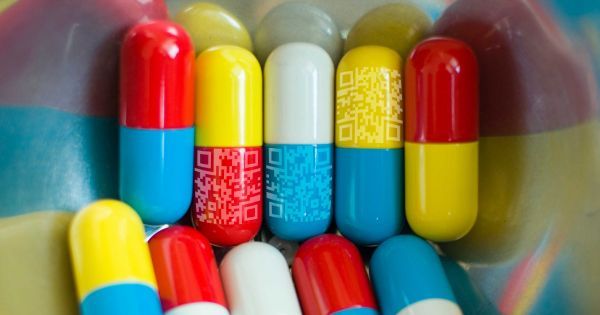
A new study suggests that printing drugs on a QR code that patients can scan with their phones could pave the way for personalized medicine.

Printed plastic solar cells should be able to harvest enough energy from indoor light to power your phone within the next few months.
